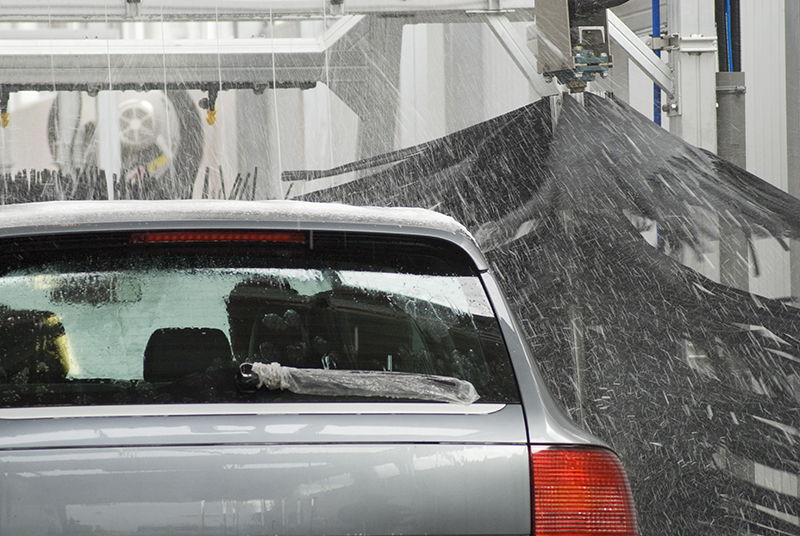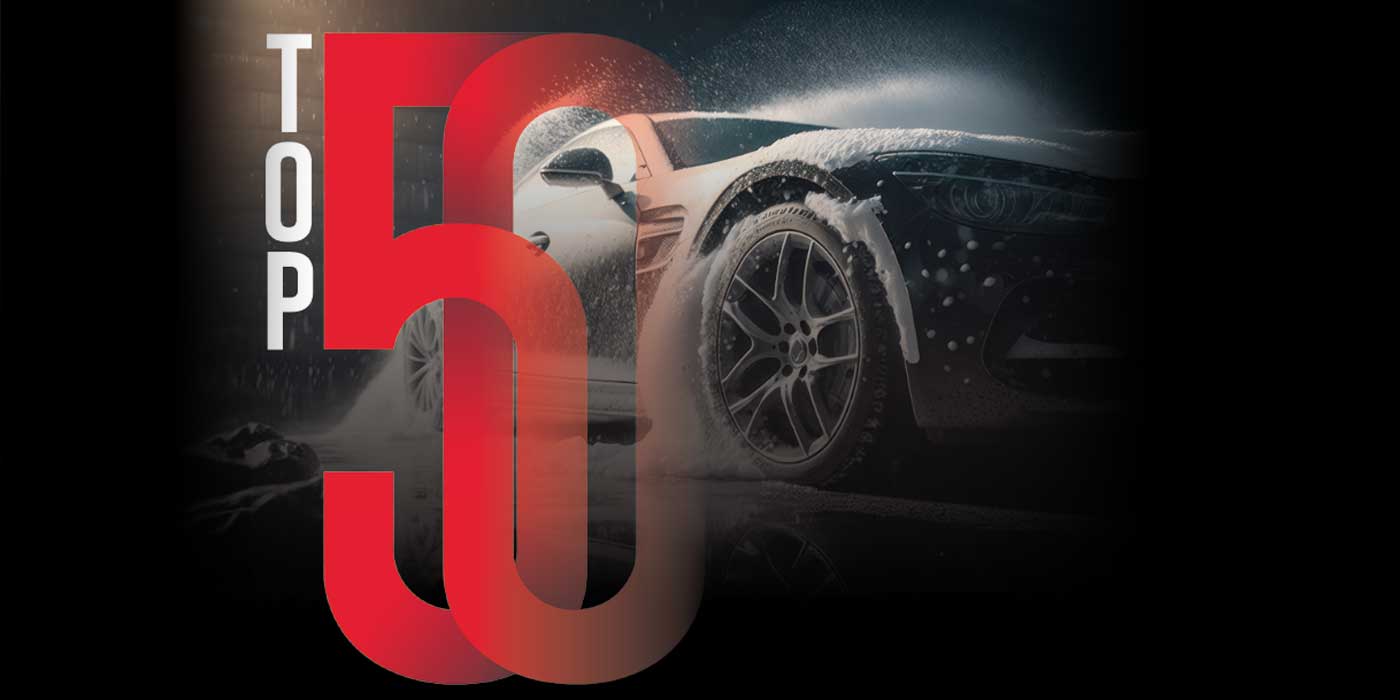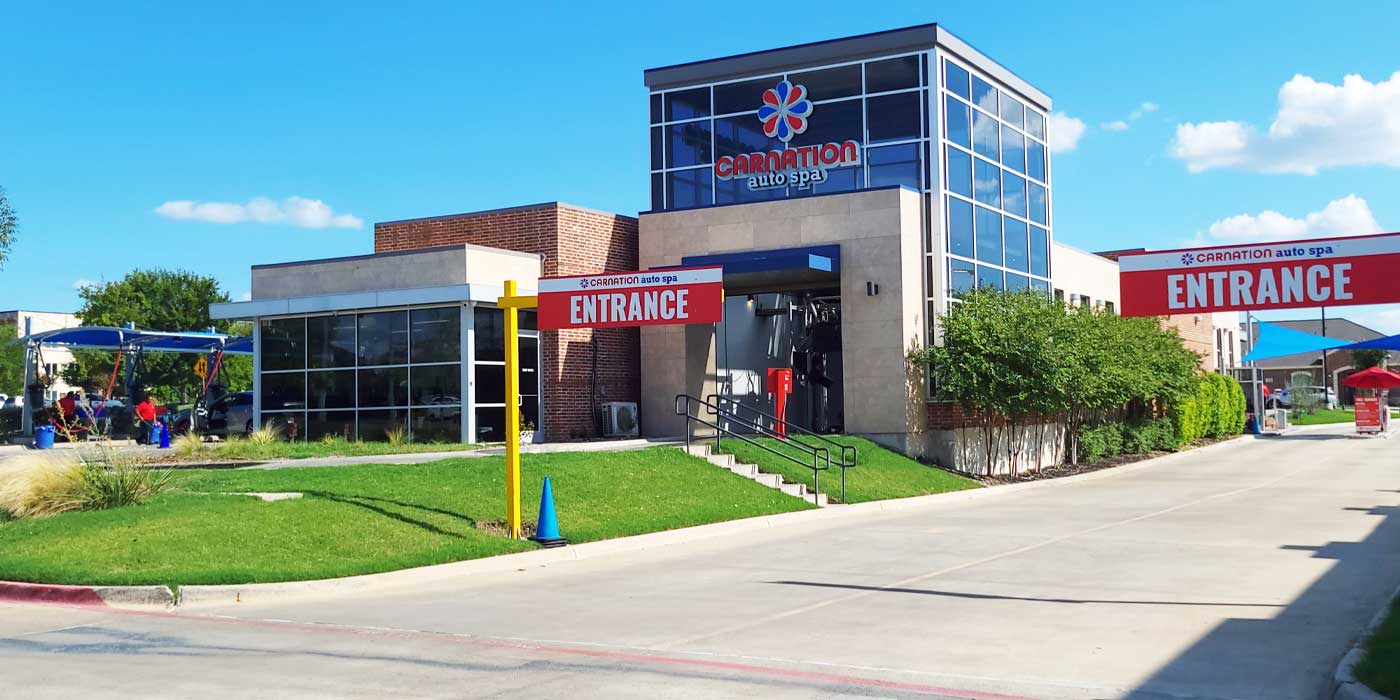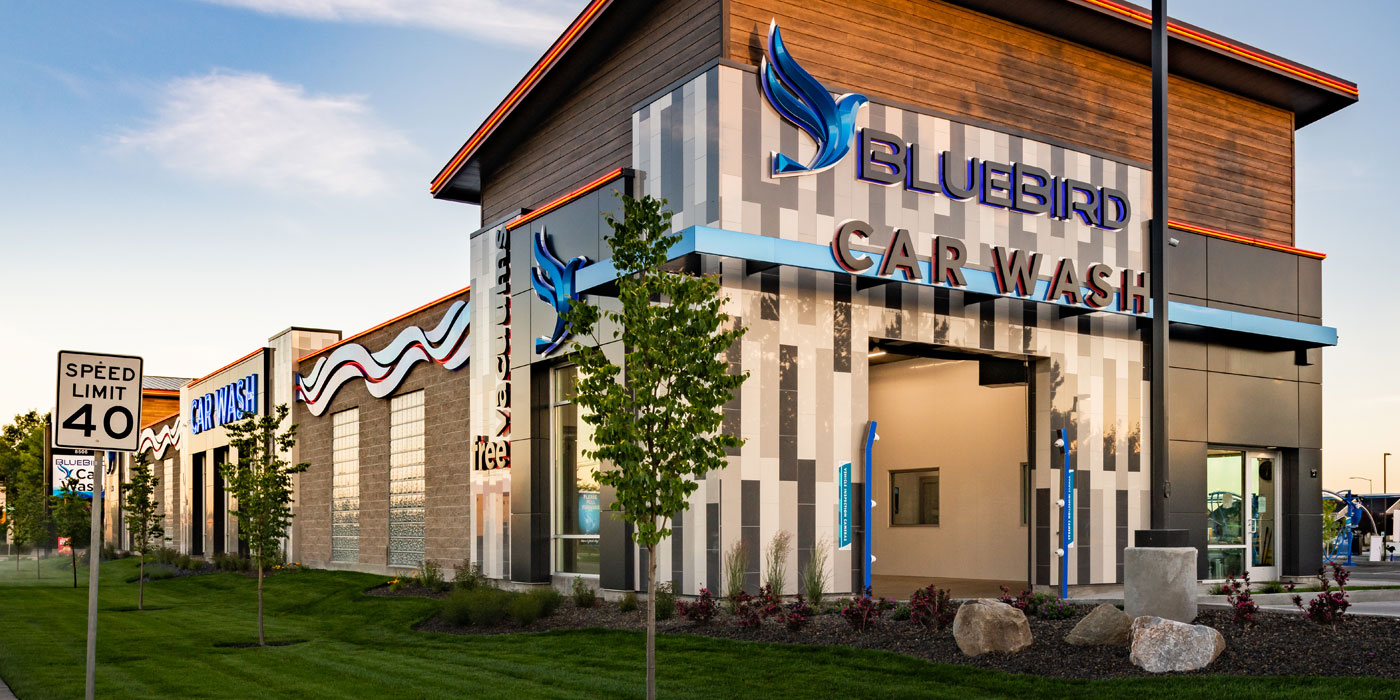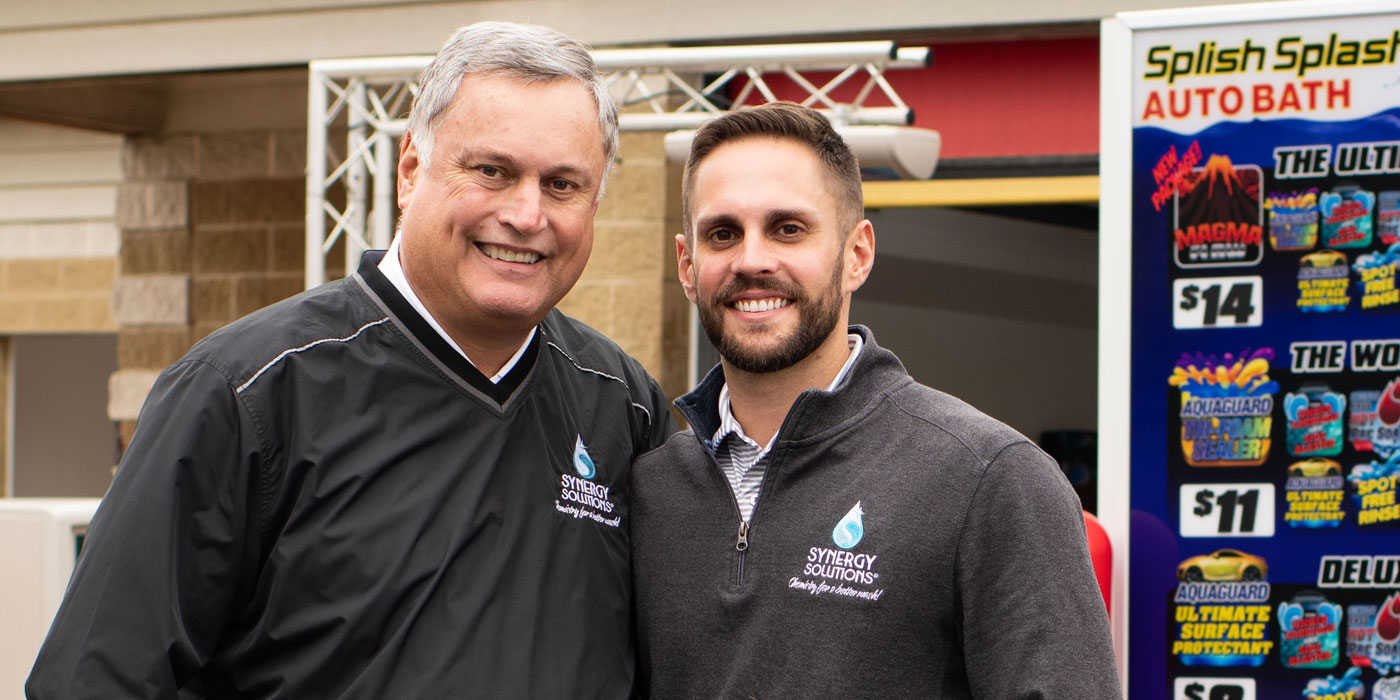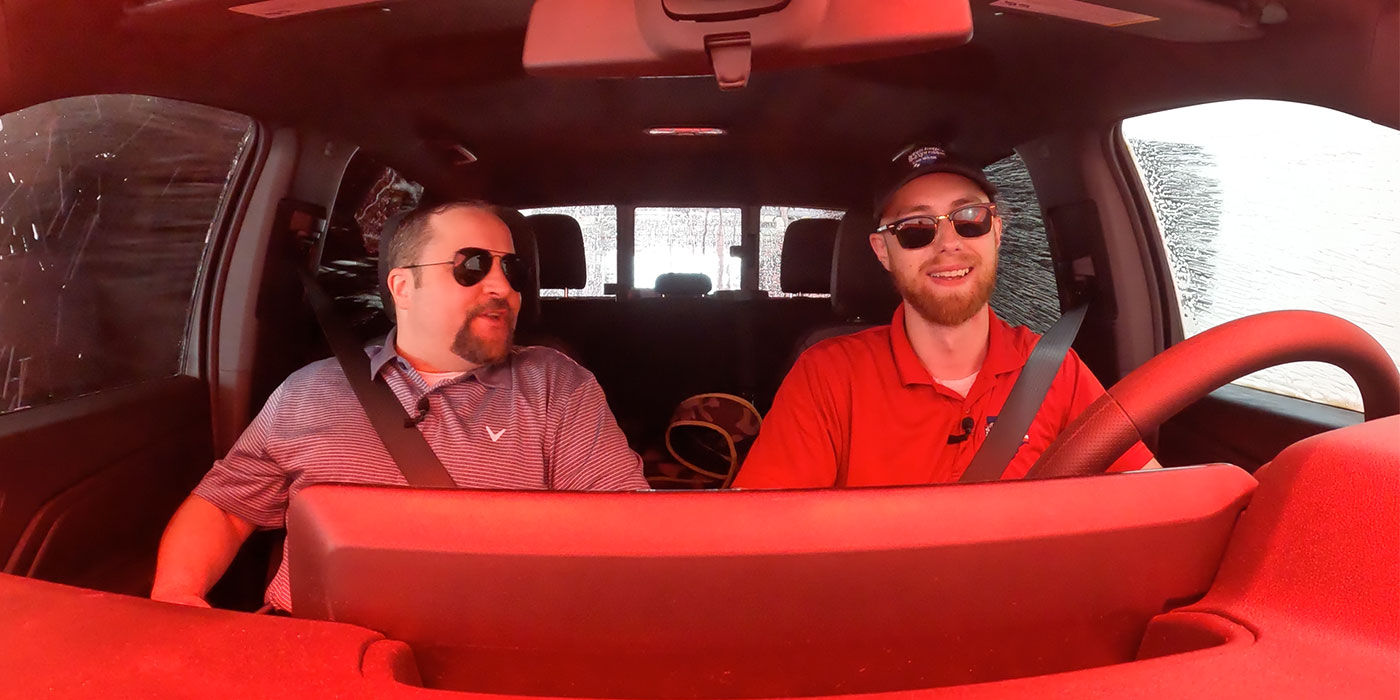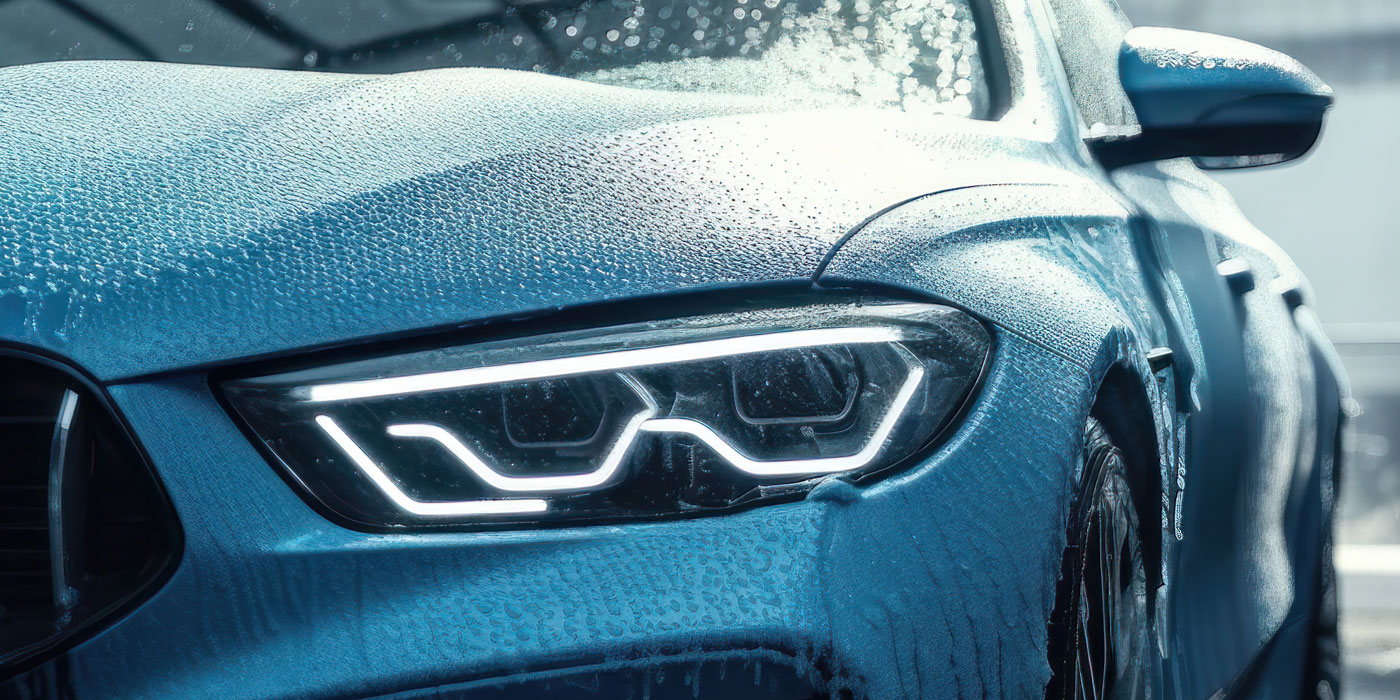Did you know that the professional carwashing industry is over 100 years old?
If you did not, you are not alone. Often, new investors do not realize that the industry is as old as it is, but it makes sense why they might think that way. The latest professional carwashing craze lies in the express exterior format (and, by close association, the flex-serve model). While exterior-only carwashes have been around since the 1960s, a series of technological evolutions caused a spur in growth for these types of washes during the 1990s. However, according to Kevin Detrick, who is the president of Innovative Control Systems (ICS), the first express model using automation didn’t come online until as recently as 2001.
After the introduction of that first express exterior model, the face of modern carwashing changed into what we see today, and all of the experts we interviewed for this article agree: This is the model with the greatest momentum.
A peek into the past
The International Carwash Association (ICA) celebrated the industry’s 100th anniversary in 2014, memorializing the fact that in 1914, Frank McCormick and J.W. Hinkle opened the first production line carwash, named Automobile Laundry, in Detroit, Michigan. However, carwashes at this time were all full service and hand labor.
It was not until the 1940s that carwashing became even semi-automated. The first automatic (i.e., non-manual) conveyor carwash opened in Hollywood, California, in 1940. Todd Davy, director of sales for DRB Systems, says at that time, attendants soaped, scrubbed, rinsed and then dried a car as it was pulled through a tunnel with a winch hooked onto the bumper. Automated washing continued to evolve in 1946 when Thomas Simpson opened a carwash with a conveyor belt, an overhead water sprinkler, manually operated brushes and a 50-horsepower blow dryer, Davy adds.
Related: Infographic: Carwash history timeline
“Then, in the late 1940s and early 1950s, the height of classic American road culture came to be,” notes Dan Pecora, owner of Erie Brush & Manufacturing. “You had flashy hotrods sporting white-wall tires, and a gallon of gasoline cost less than a quarter.”
It stands to reason that the introduction of more cars on the road led to more carwash business. But, since carwashes were all full service, washing was a time-consuming process; in addition, since customers exit their cars at full service locations and stay in waiting areas, “It sometimes put the customer’s prized automobile in the hands of a young, inexperienced driver,” Pecora adds.
After visiting numerous carwashes selling hog’s hair brushes, Pecora recounts, his father, Carlo Pecora, engendered the idea of a carwash that specialized in exterior washing only. In 1963, father and son opened Automat of Appleton in Appleton, Wisconsin, the first exterior-only carwash in North America, according to Pecora, and, “It changed the whole industry,” he says.
Becoming flexible
Pecora acknowledges that there was an unexpected result from beginning the exterior carwashing phenomenon. “In the 1960s, the carwash industry thought people wouldn’t want just the outside of their cars washed. But [exterior carwashing] became extremely popular because a lot of people just wanted the outside of their cars washed,” he explains. “They didn’t want the inside of their cars washed or touched. It was a demand that we didn’t know about [until 1963] because there were no exterior carwashes at the time.”
As such, Pecora notes, there were no flex-serve carwashes until the late 1960s. A flex service model presented two options to a customer: a traditional full service route or the newer exterior-only route.
“Flex-serve grew out of a consumer need for getting interior cleaning done only when they needed it,” Davy states. At full service locations, he adds, lines would back up, since the cars waiting for just an exterior wash would have to wait for those getting their interiors cleaned.
“Rather than wait, those exterior-only customers would go elsewhere — to a self-service location or wash at home in the driveway,” Davy explains. “At flex service carwashes, all consumers go through the wash tunnel first, and then those that choose to have their interior cleaned can go to a separate aftercare area.”
According to Paul Fazio, CEO of SONNY’S The CarWash Factory, in the early days, some flex-serve style facilities developed because, while the carwash owner truly wanted a full service carwash, constraints on the property created the necessity of laying out the site so that the vacuuming, wiping and other hand-detailed areas would be completed at the exit of the facility, much like the flex-serves of today. Fazio personally remembers that there were flex-serve models built in the 1980s that garnered some industry attention.
However, it would be many years yet before the express exterior model as we know it today arrived on the scene, and with it, the modern-day flex-serve model.
Getting into the express lane
According to Detrick, Benny’s Car Wash, which opened in Baton Rouge, Louisiana, in 2001 was the first express model using automation that included having an automated pay terminal. This carwash was the express model we have come to know today. In addition to the automated kiosk — for cash or credit payments — it had a gate that would raise and allow cars to join the wash queue; a moving conveyor belt to provide hand-finished services and detailing in order to expand the service offering; as well as just one or two attendants at the wash’s entrance who simply guided the car onto the conveyor.
“Benny’s and ICS co-developed the express phenomenon,” Detrick adds. While Benny’s provided the the concept’s inspiration and carwash site for testing, ICS wrote the program and coordinated the gates to work in conjunction with the software and the payment terminals. It took two years to tweak the process and complete it, but in the meantime, they made sure to show it off.
Fazio recollects, “I saw the introduction of express exterior here in the U.S. From what I remember, [Benny’s] was successful from the beginning. As is typical with [the owner,] Ben Alford, he invited anyone who was interested in seeing and understanding the model. In fact, I remember Ben having several events at the site so that operators could come, visit the site and enjoy a catered lunch at the wash. I think that is a big reason that the model became so prevalent in the Southeast.”
In fact, according to IBISWorld Industry Report 81119a, the Southeast is the top destination for new investors, and approximately 22.2 percent of carwashes in the U.S. are located in this region. The Southeast also has the largest share of passenger vehicles in the country, the report adds, accounting for 23.9 percent of the nation’s total. The Great Lakes and West (coastal) regions place second and third in the nation for total carwashes, coming to 17.9 and 16.9 percent respectively.
The growth of express carwashing
All of the experts we interviewed for this article agree: The express exterior market is thriving and growing. With its low labor costs and easy replication, most of the new washes built today are following this model. “It is not uncommon to see an operator with four, six or even 10 locations because labor is no longer a bottleneck to success,” Detrick explains.
Related: Carwash industry growth and emerging competition signals profits for existing owners
Fazio notes that the last time the market hit a high for equipment sold was in 2007, just before the Great Recession; in 2017, he adds, SONNY’S believes the number of equipment sold will be 50 percent higher than in 2007, and the company sees the trend continuing with about 10 percent growth per year in the near future.
So, what is drawing customers to express sites so much that this revolutionizing of the industry is taking place?
One of the primary reasons, Pecora notes, is that carwashing equipment is so much better than before and the operation is much smoother. Due to inferior technology, cars were more apt to be damaged in automatic carwashes in the past, and people were afraid of taking their sizeable investments there.
Nowadays, Pecora states, “Your car is brought onto the conveyor gently. There’s no jerking. When you go through the carwash, your car is washed gently. Then you go to the end of the carwash, the water is blown off well, so there are no water spots on the car. This just was not the case years ago.”
What has also helped the growth of express carwashing is the simultaneous technological revolution taking place. More and more people have access to technology that was only a dream just a couple decades ago. Smartphones, for instance, have allowed the average person to become familiar and comfortable with touchscreen technology. This has allowed carwash payment kiosks, for example, to utilize customers’ feelings of ease about conducting automated, touchscreen purchase transactions to create a better and more efficient carwash experience.
In addition, new upgrades to the retail experience, such as better site lighting, digital signage and menus, digital marketing, online account management for customers and more have impacted the success of express and flex carwash sites. Furthermore, the addition of free vacuums and monthly club programs are growing profit margins for operators, allowing them to reinvest in multiple locations.
Davy claims, in fact, that the biggest game-changer for express exteriors has been the introduction of the unlimited wash program. “This developed a recurring revenue stream for the carwash, removing some of the dependencies on weather,” he notes. “It also created a better loyalty structure for the carwash customer — once the customer joins an unlimited plan at a carwash, they are highly unlikely to wash their car anywhere else.”
The future for express exteriors looks bright indeed, and our experts are optimistic that it’s only going to improve.
“The growth the conveyorized niche of the industry has seen since 2010 is unlike anything I have seen in my 36 years in the industry,” Fazio concludes. “If you just look at the attendance at the trade shows the last few years, it is easy to see the interest and excitement that our industry is generating at this time. It is a very different industry today than [the one] I grew up in.”

